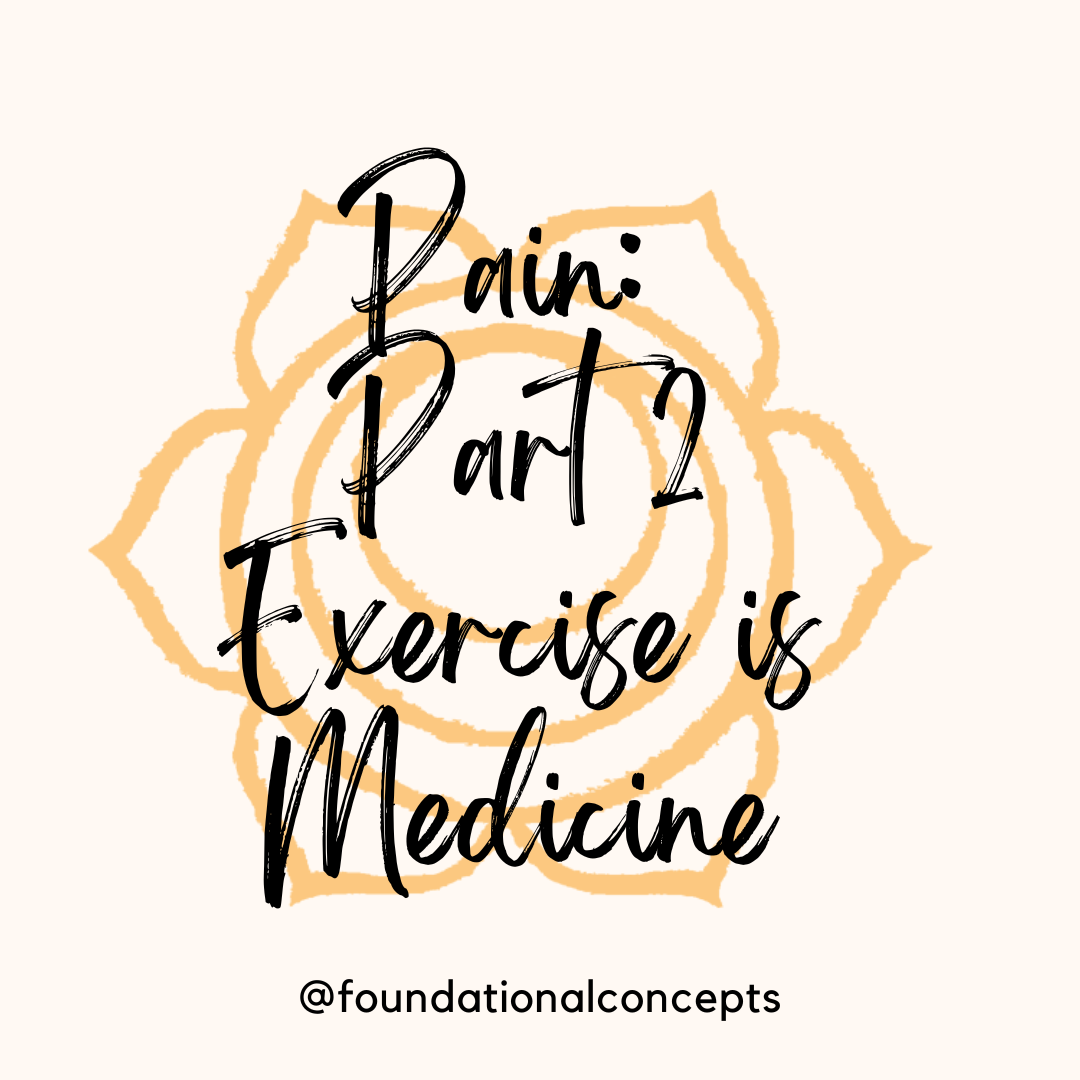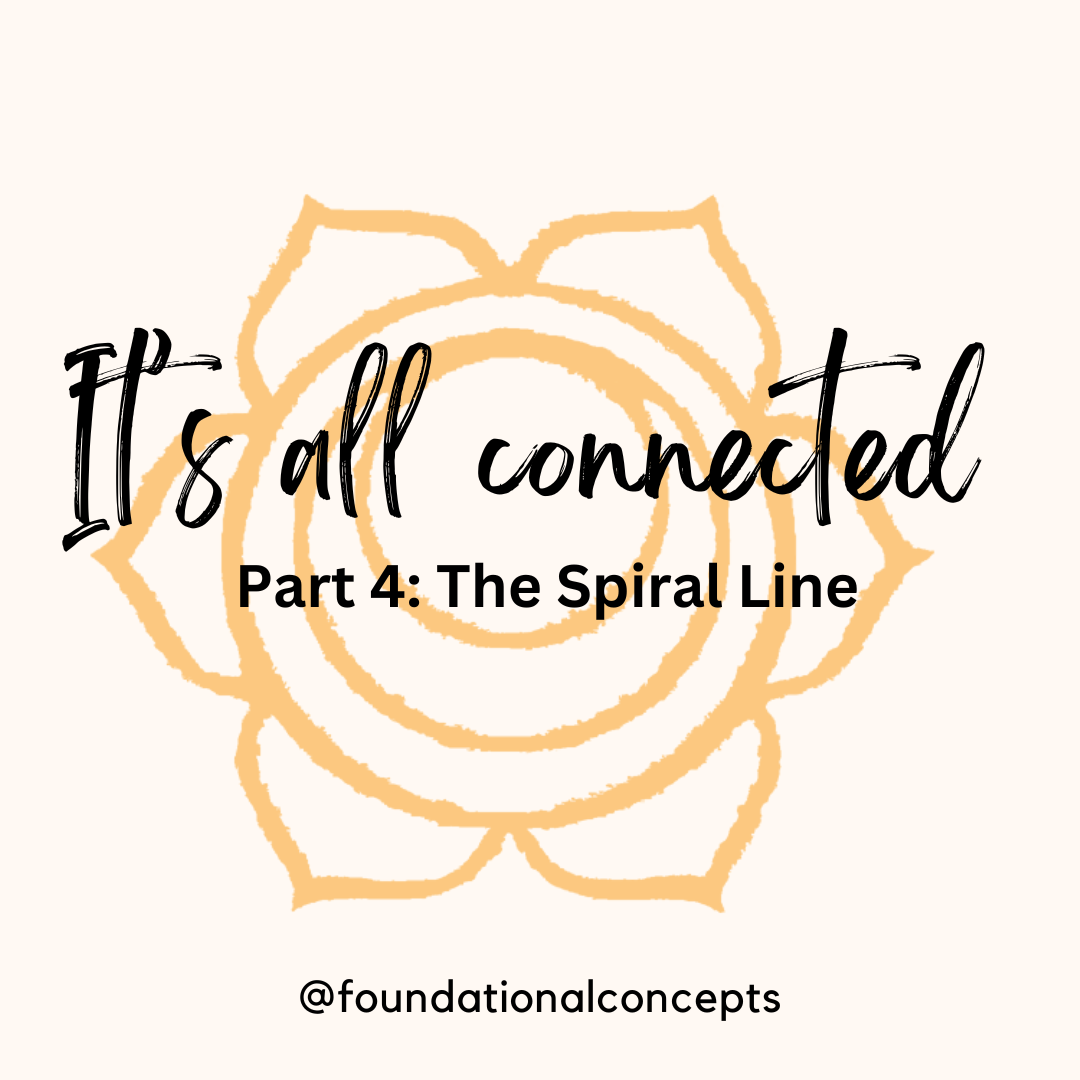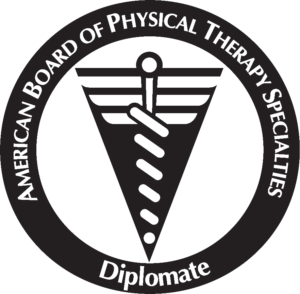In Pelvic Floor Physical therapy, as we look over our patients’ intake paperwork, one thing…

Pain: Part 2, Exercise is Medicine
Back to our very sensitive nervous system. Remember stubbing your toe on the table? Now your nervous system is ramped up and everything touching your toe hurts including your sock and water from the shower. Why? When this happens, your brain is ramped up and is preparing to protect your body from another injury to your toe. So, a stimulus that would normally not be painful—your sock—is now interpreted as pain. How do we calm this fussy brain down so that is not interpreting everything as pain?
The first thing we do in physical therapy at our clinic is start educating our patients about what pain is and how our brain interprets stimuli and interprets that stimulus as pain. When our brains start being able to understand what pain is, the alarm bells start to quiet, and the pain stimulus can start to be more effectively interpreted. As our patients start to understand pain and how our brains interpret this pain, we can start to introduce movement. Even small movements can help to start to calm our nervous systems down by bringing more oxygen to the nerves and relax your whole body.
Many of our patients are worried that movement or exercise might increase pain or cause more injury. We have a favorite mantra that we have used from Adriaan Louwe’s Why You Hurt. Hurt does not equal harm. I am sore but I am safe.
That does not mean that we need to ignore pain when we introduce movement. But we want to acknowledge pain and move within in a structure. Sometimes people will have increased pain after activity because the return to exercise was too intense. As we add movement into activities, we want to pace that return so that we are less like to go from nothing to trying to clean the entire house. That huge increased activity will increase the likelihood of a flare of pain.
So, as we start to add an exercise program with a patient who has a long history of pain, we have already educated our patient about what pain is, how our brain interprets the pain and stimuli that cause pain, and our patient has a mantra along the lines of “I am sore, but I am safe.” Then, after that we add gentle exercises with a limited frequency and duration with continued pain education and use of the mantra.
It is important to work with a PT who understands persistent pain and how the brain changes with that pain. A PT who understands persistent pain will also be able to build an exercise program with in a paced setting to work within a safe environment and with a decreased risk of flares.
If you have been dealing with pain, we would love to help you learn how to manage your pain so you can live well! We offer a free 15 minute phone consultation to answer any questions you may have.




